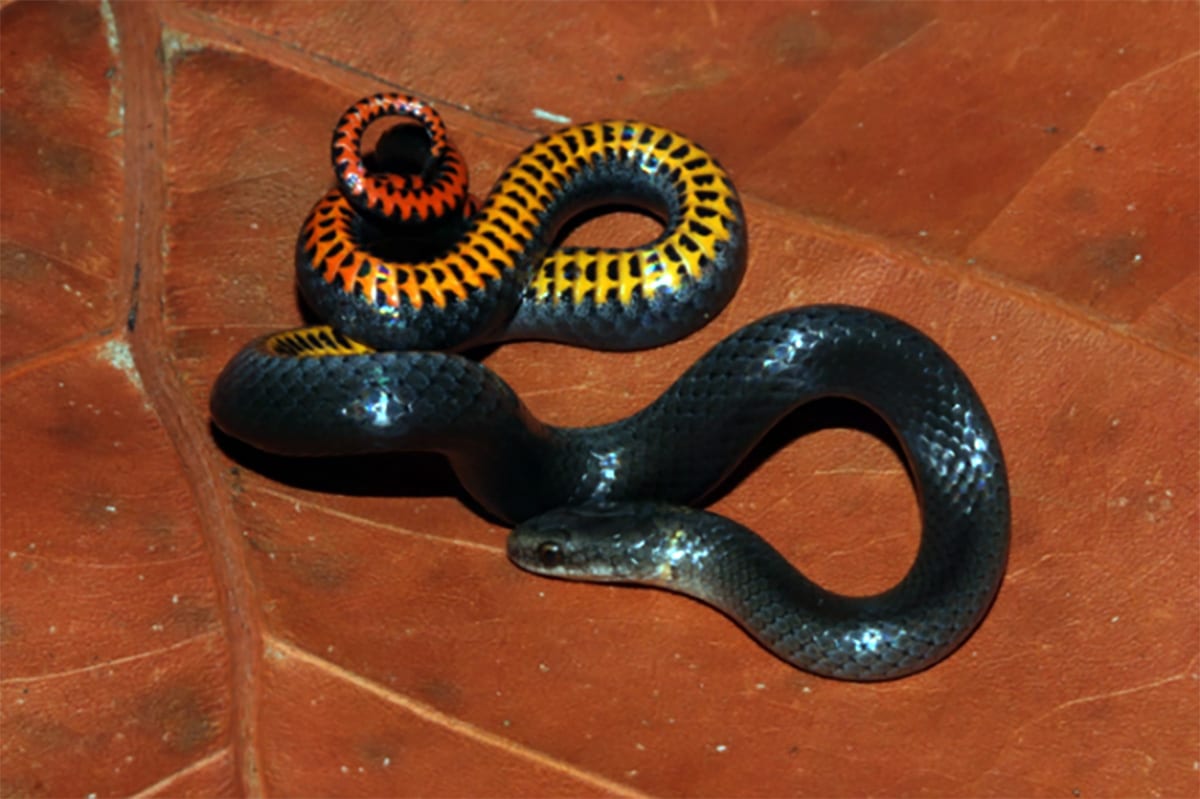There will be no habitat left for both snake species by 2080 in the lower Florida Keys and they will potentially perish without action.
The United States Fish and Wildlife Service has proposed listing both the Rim Rock crowned snake and the Key ringneck snake as endangered under the Endangered Species Act. According to the service, there will be no habitat left for both snake species by 2080 in the lower Florida Keys and they will potentially perish without action. The Rim Rock crowned snake is considered to be North America’s rarest snake. An individual was photographed after it had died trying to eat a centipede.
The service has also proposed to protect 2,604 acres for the Key ringneck snake and 5,972 acres of critical habitat for the Rim Rock crowned snake. The pine dockland habitat in which these snakes live has been reduced by 98 percent. The Key ringneck was identified as needing protection in 1982.
Threats to these snakes include urban sprawl and sea-level rise caused by climate change. Other threats include predation by fire ants.
Key Ringneck Snake Information
The Key ringneck snake (Diadophis punctatus acricus) is a tiny snake that grows to about six inches in length. It is gray in coloration with a red and yellow belly. It also has a muted orange ring around its neck that is often absent in certain individuals. It is only known to exist in the Florida Keys.
Rim Rock Crowned Snake Information
The rim rock crowned snake (Tantilla oolitica) was once found throughout Central Florida south to the Keys in pine rocklands. It is currently listed as threatened in the state. It is listed as Endangered by the International Union for Conservation of Nature (IUCN) Red List of Threatened Species. It is currently only known to exist in Dade and Monroe County in Florida, as well as the Florida Keys. The reptile grows to about 11.5 inches in length. It has a black head and tan and beige coloration on its back. The feed on invertebrates, including spiders, centipedes, worms, other insects and their larva and scorpions. It is named after the Miami rim rock land and oolitica refers to the oolitic limestone where the species is found.



